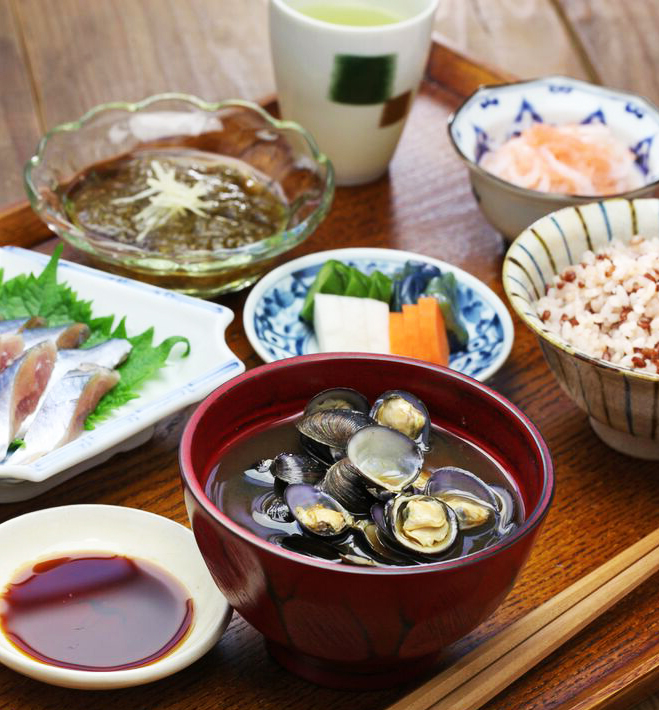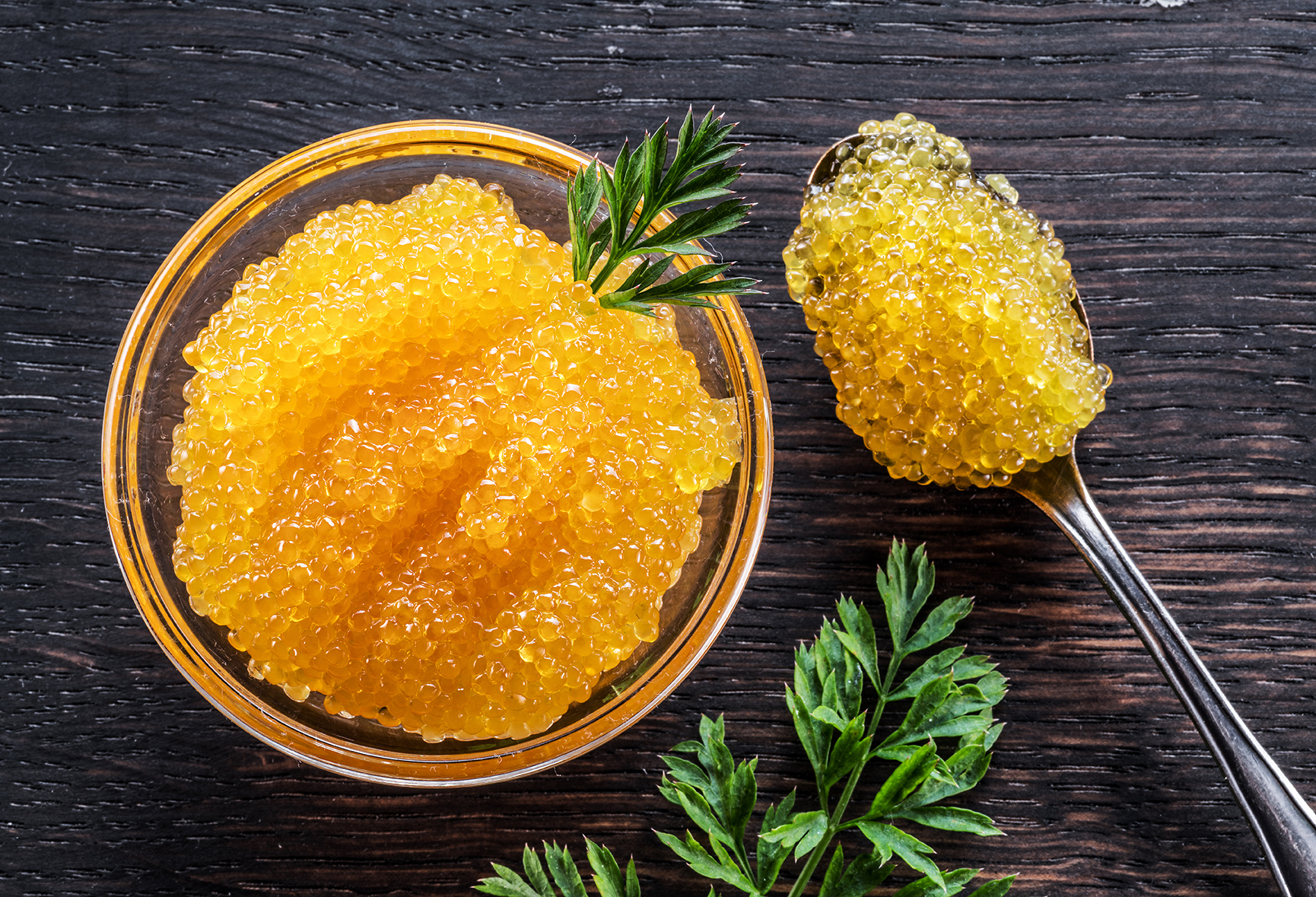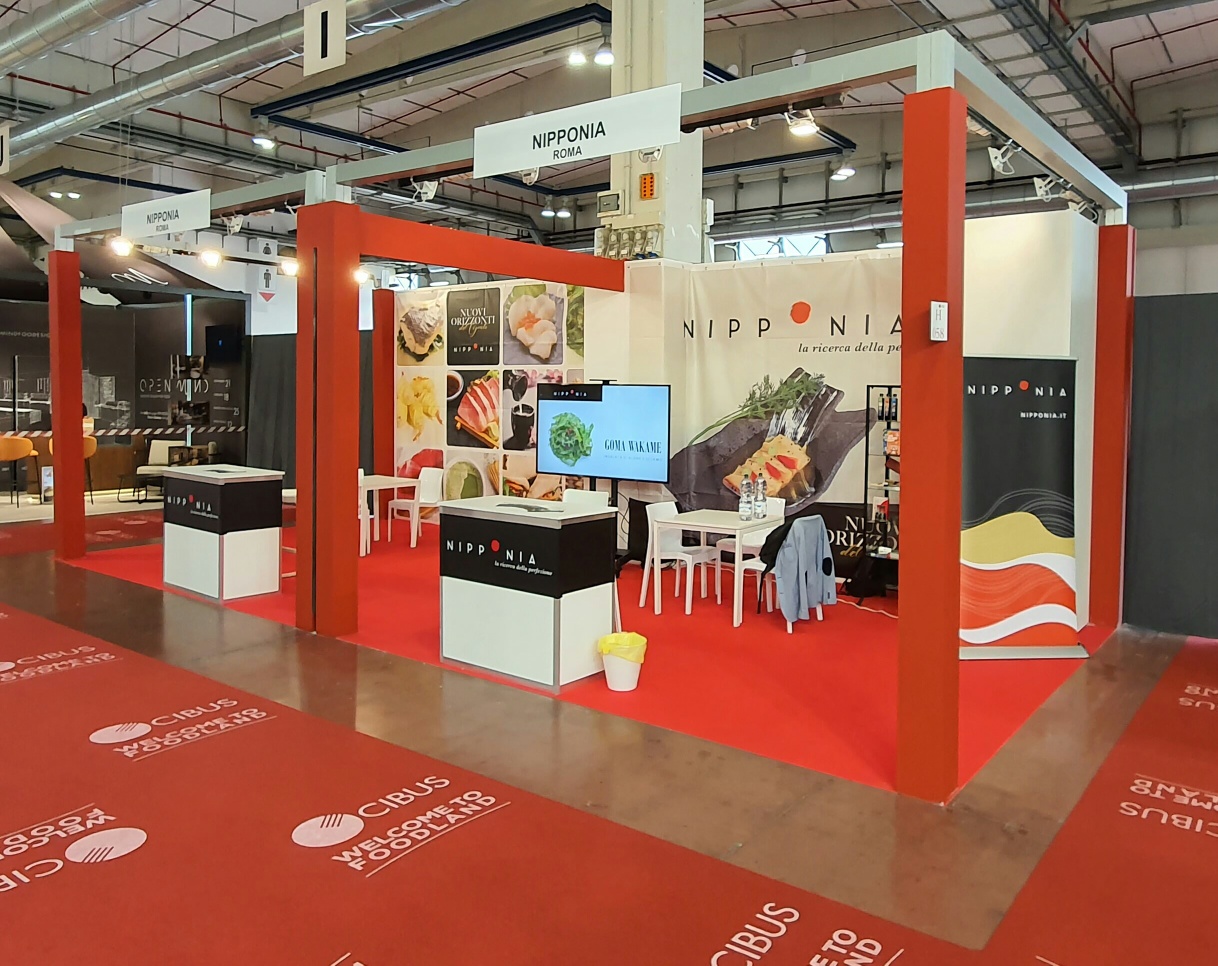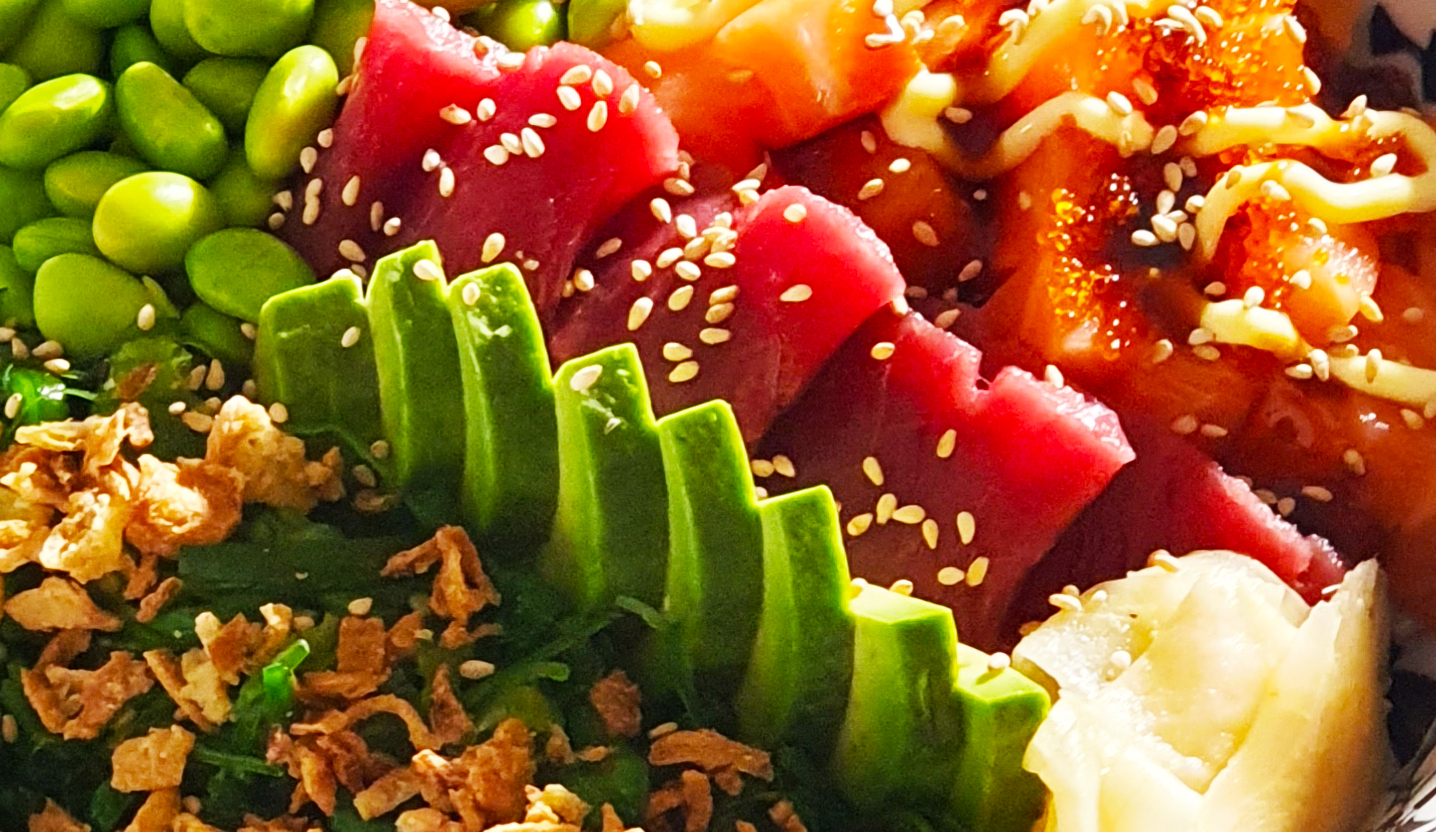The Japanese Diet: the secrets to lose weight and live longer
The traditional Japanese diet is a low-fat, nutrient-rich diet. It is based on traditional cuisine, also known as “washoku,” which consists of small dishes of simple, fresh, seasonal ingredients. This dietary pattern is rich in nutrients and can provide numerous health benefits, including increased weight loss, improved digestion, and longevity. That’s right, statistics reveal that people in Japan are living longer! This style of eating emphasizes the natural flavors of dishes rather than masking them with sauces or condiments, unlike modern Japanese cuisine, which has strong Western and Chinese influences and includes greater amounts of animal protein and processed foods.
The traditional diet has its roots in the Okinawan diet , the historical food pattern of the Japanese islanders, but includes much more rice and fish: it consists of minimally processed seasonal foods served in a variety of small dishes, is rich in rice Steamed, noodles, fish, tofu, natto, seaweed and fresh, cooked or pickled fruits and vegetables, but low in added sugars and fats. It may also contain eggs, dairy products or meat, although these generally make up a small portion, but water, consumed in large quantities, green tea and jasmine tea cannot be dispensed with.
How do the Japanese eat?
- The Japanese prefer fresh foods in small portions that are distinguished by quality rather than quantity: the most important meal of the day is breakfast, which is very varied and accompanied by the ever-present green tea
- The Japanese eat slowly while also enjoying carefully presented dishes with their eyes: in fact, the visual aspect is fundamental to their diet
- The Japanese do not consume dairy products and do not like bread or meat. They are more likely to eat rice, vegetables and fish
Here are some basic foods in the Japanese diet
It should be kept in mind that some of these dishes may not enhance the taste buds as they need an acquired taste, but it is important to try them for their incredible health benefits.
SOBA
Noodles are a staple food in Japan, and there are several varieties such as Ramen and Udon.
The healthier, lesser-known version, however, are Soba noodles: buckwheat noodles that are not only tastier, but also rich in minerals, protein, and vitamins and lower in calories than regular ramen. They also contain rutin, an antioxidant known to reduce blood pressure. Soba noodles can be served hot or cold on their typical plate, usually accompanied by a sauce –
tsuyu
– in which they are dipped to enhance their flavor. Sometimes, they can be added to a soup or broth to make the dish more substantial.
TOFU
Tofu is one of the most important foods in Japan. Used in a wide variety of dishes, tofu is gaining popularity around the world. Growing awareness of the long-term benefits of tou is prompting foreigners traveling to Japan to actively seek out recipes with tofu on menus throughout the country.
Tofu is really versatile: soft and fresh ,on a bed of vegetables, fried in a rice dish or even in a soup. Rich in protein, giving a sense of satiety with few calories, it is the perfect substitute for meat, which is significantly fattier.
MISO SOUP.
Miso soup is a tasty appetizer popular in Japan that is high in nutrition.
Miso
is basically the term used to define a fermented soybean paste; there are more than 1,000 varieties of miso, which differ in taste, texture, and flavor.
Miso can be used as a condiment, but it is most commonly served as a soup, which includes dashi or broth, miso paste, and ingredients such as wakame seaweed, tofu, and so on.
Miso soup usually accompanies most Japanese dishes and is highly valued for its nutritional content: it is a rich source of protein, lowers cholesterol, and boosts the immune system.
The flavor and consistency of miso soup may vary slightly in different regions of Japan. The flavor can vary from salty to slightly sweet depending on the type of dough used.
Light or white miso is generally sweeter than red or light brown miso.
NATTO
In Japan, people like to eat natto for traditional breakfast, which can also include miso soup, fish, tofu, and rice.
Natto is usually served with steamed rice and garnished with mustard, soy sauce, and chives to mitigate its pungent odor.
Despite not being as visually pleasing, Natto is often considered a food of excellence.
It is rich in protein, vitamins, nutrients, and the very high amount of vitamin K2 helps prevent osteoporosis, promotes blood clotting and heart health. All this packed into a serving of fermented soybeans.
SHIRATAKI
Shirataki are long, white noodles composed of water and starch from the roots of the konjac plant , known as glucomannan. Konnyaku, from which shirataki is made, has a rubbery, gelatinous texture that is perfect for noodle making, is devoid of any flavor, and is often served with soy sauce, wasabi, mustard sauce, or miso soup. This miracle food is known to contain zero calories, is rich in dietary fiber, is often used to relieve constipation and lower cholesterol levels, and is ideal for weight loss.
Being gluten- and egg-free, shirataki noodles are very suitable in diets related to food intolerances, as they are a low-calorie and low-glycemic substitute, although they give a sense of satiety.
BLACK SESAME ICE CREAM
If we have to choose a healthy dessert, we cannot but choose black sesame ice cream, a Japanese delicacy with a truly original taste.
Black sesame is one of the oldest and most fundamental condiments used in Japan: it is known for its incredible anti-aging benefits, it also helps relieve constipation, normalize blood pressure and reduce the risk of neoplasia.




